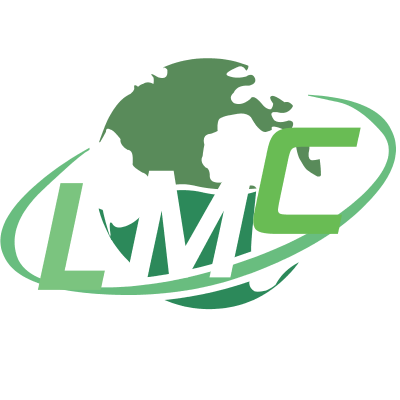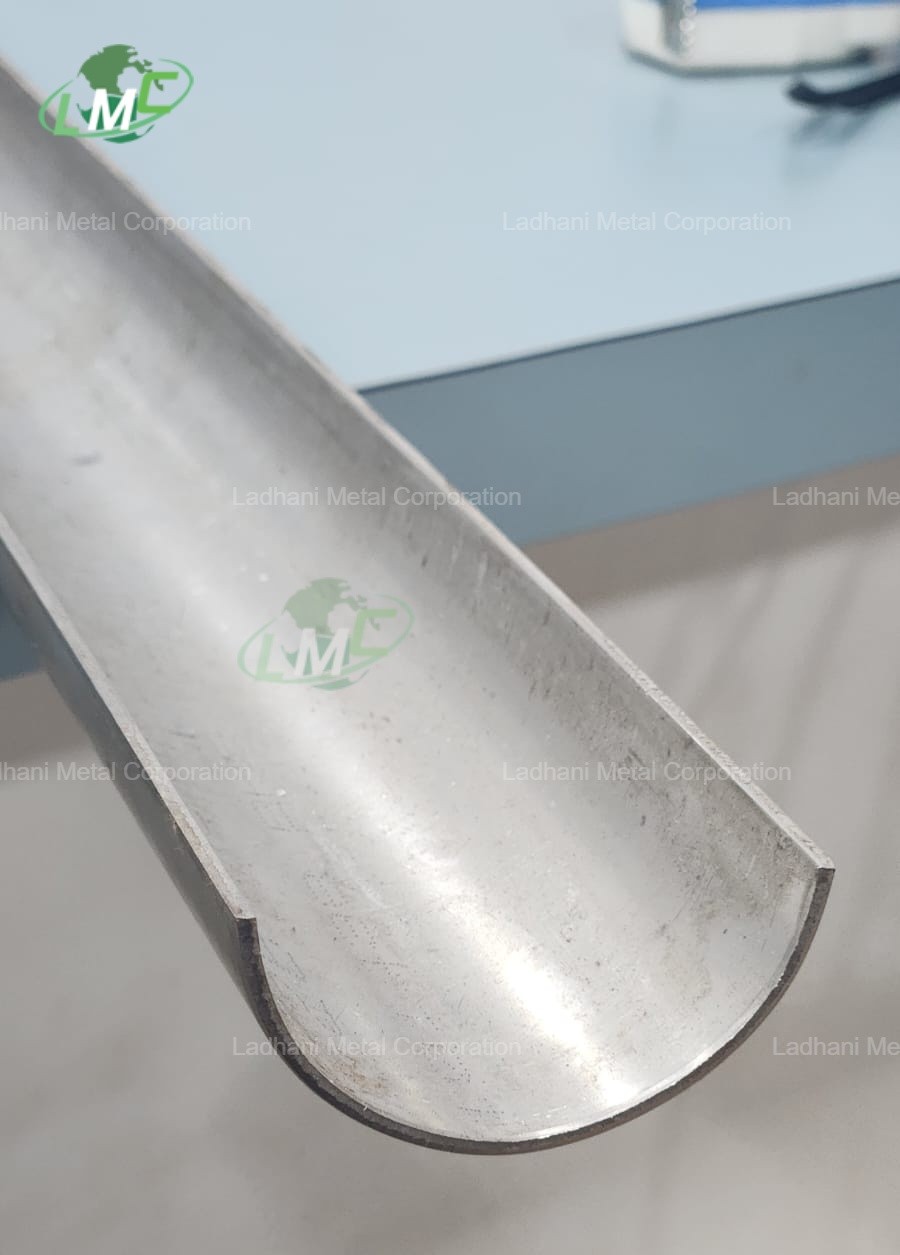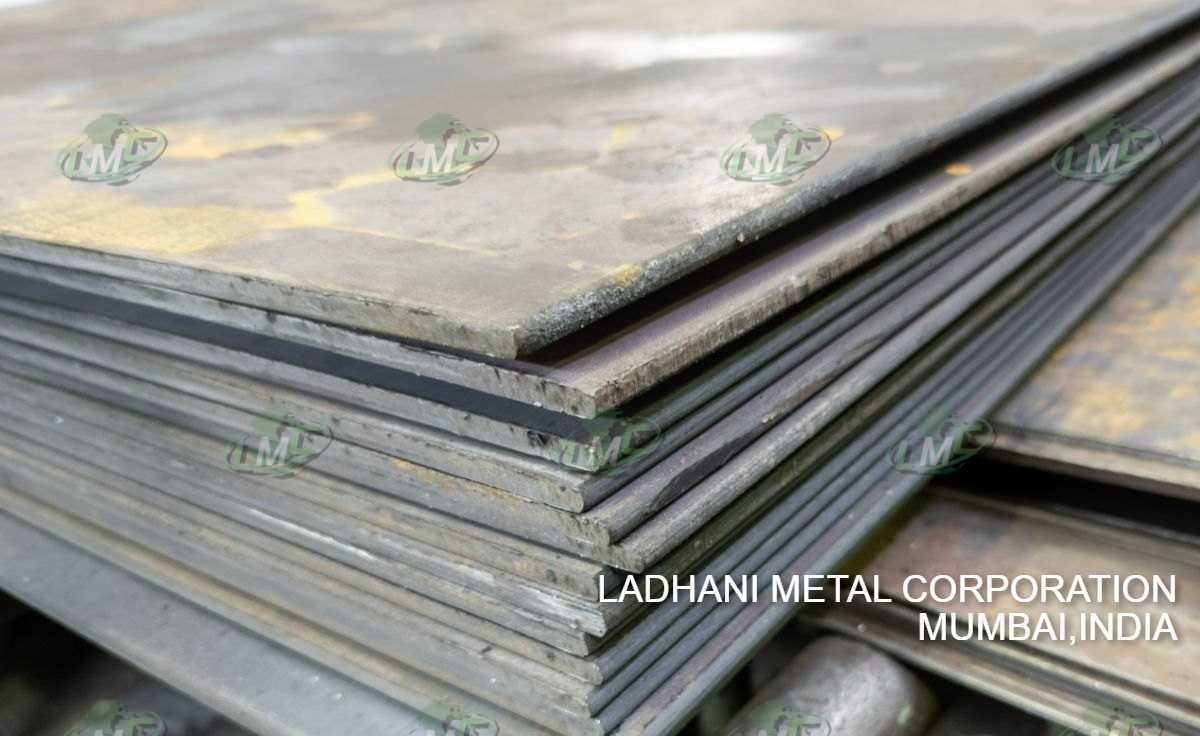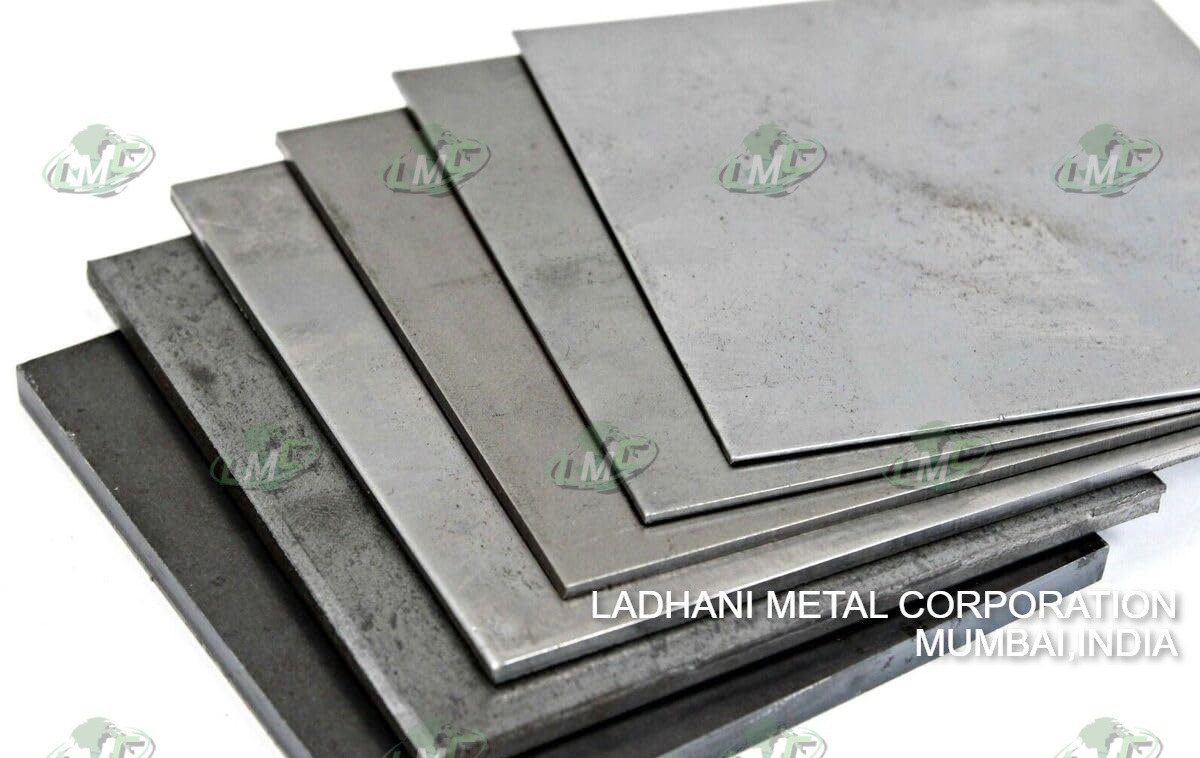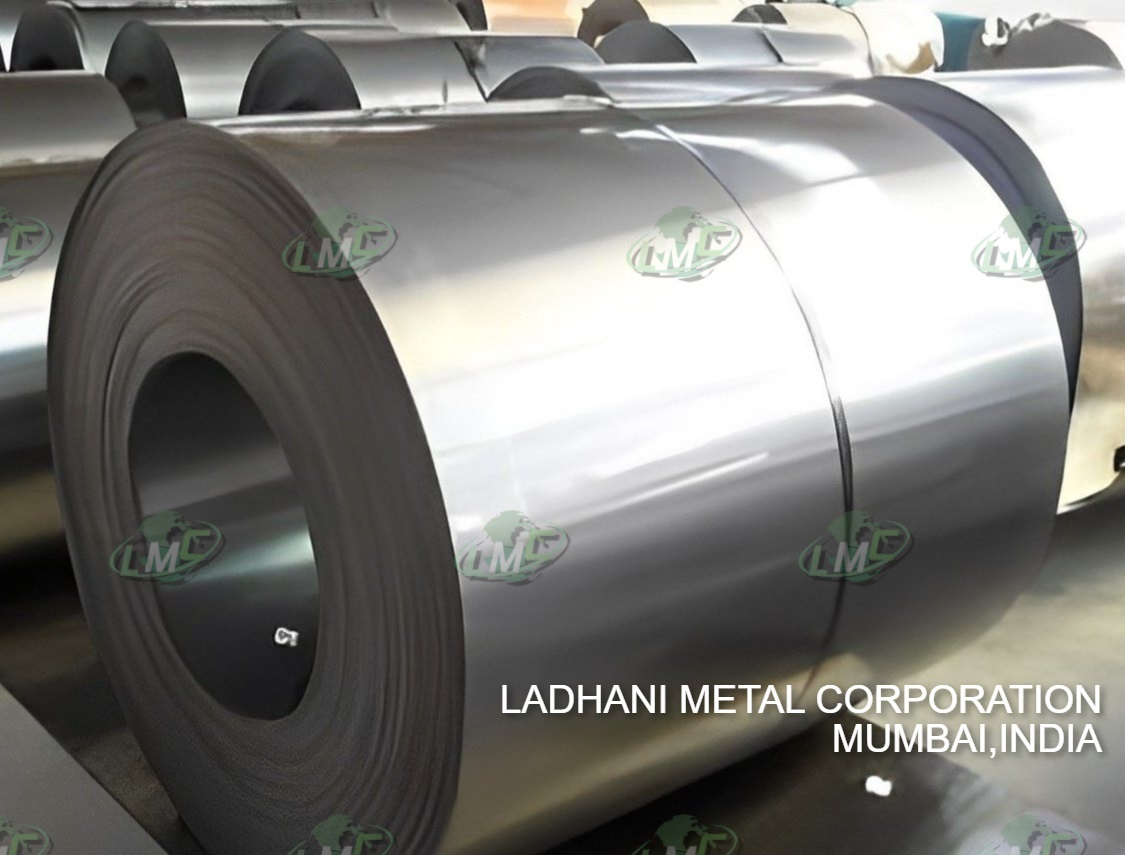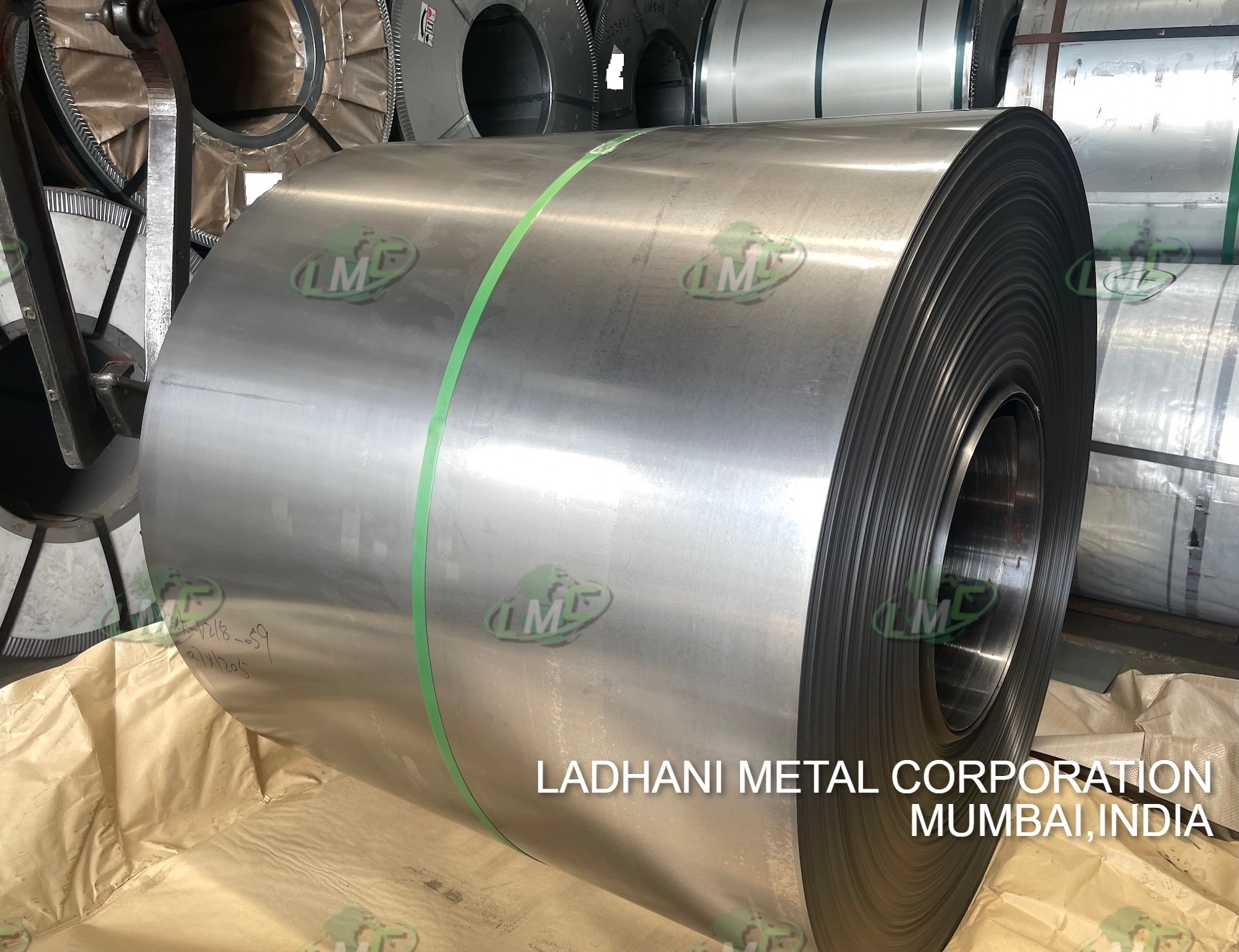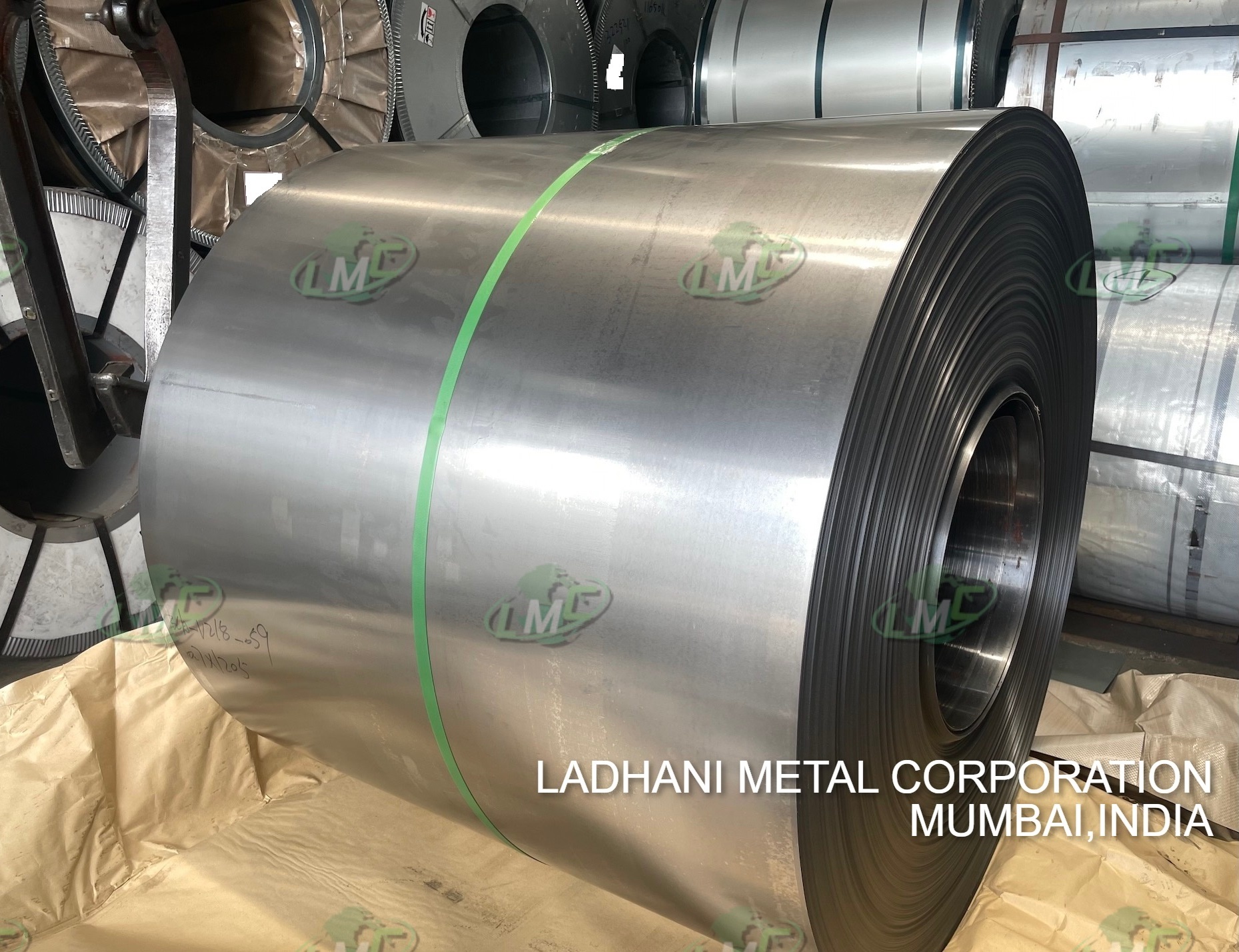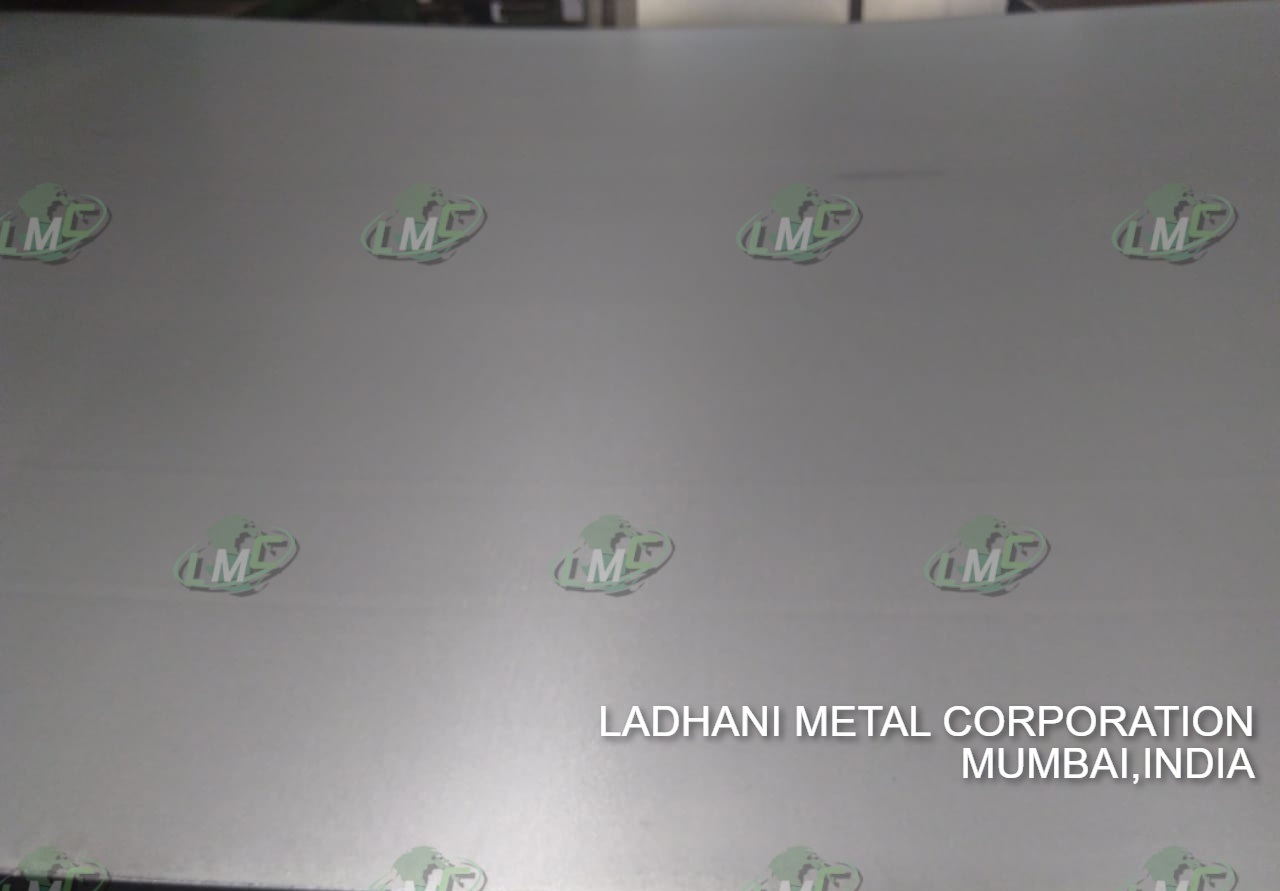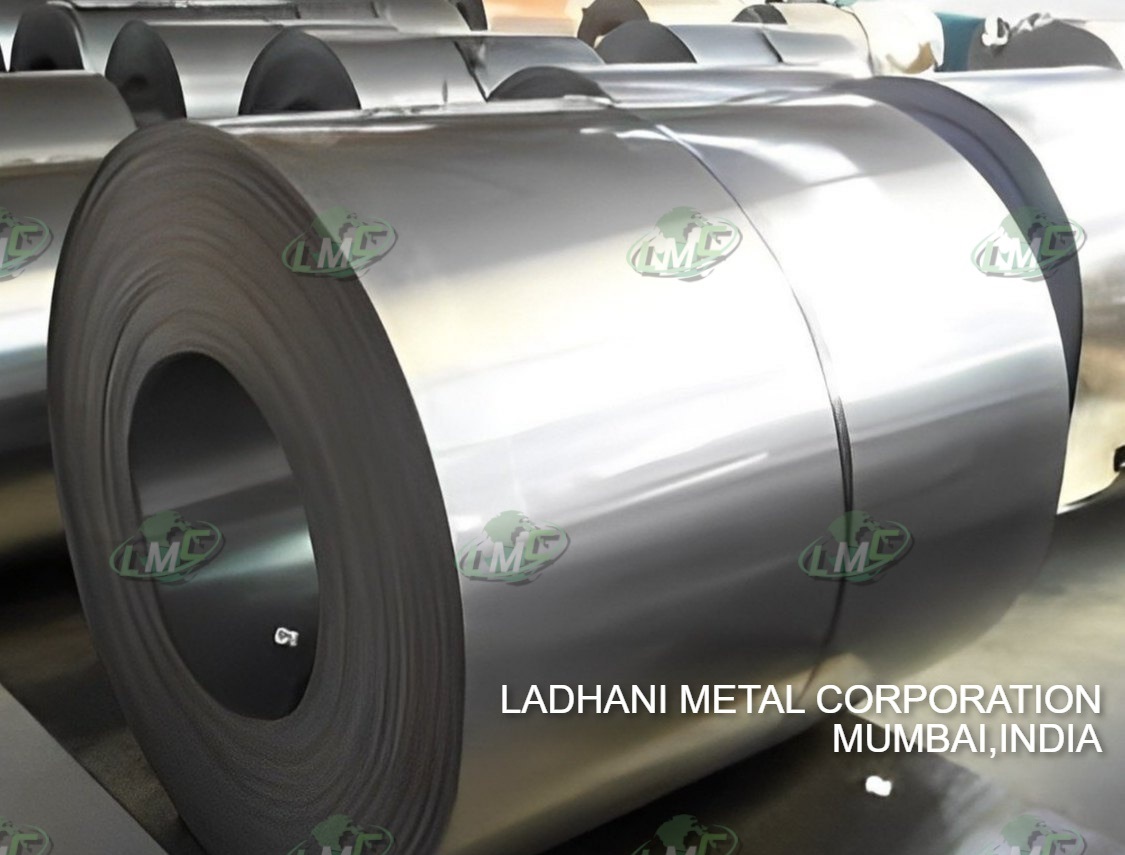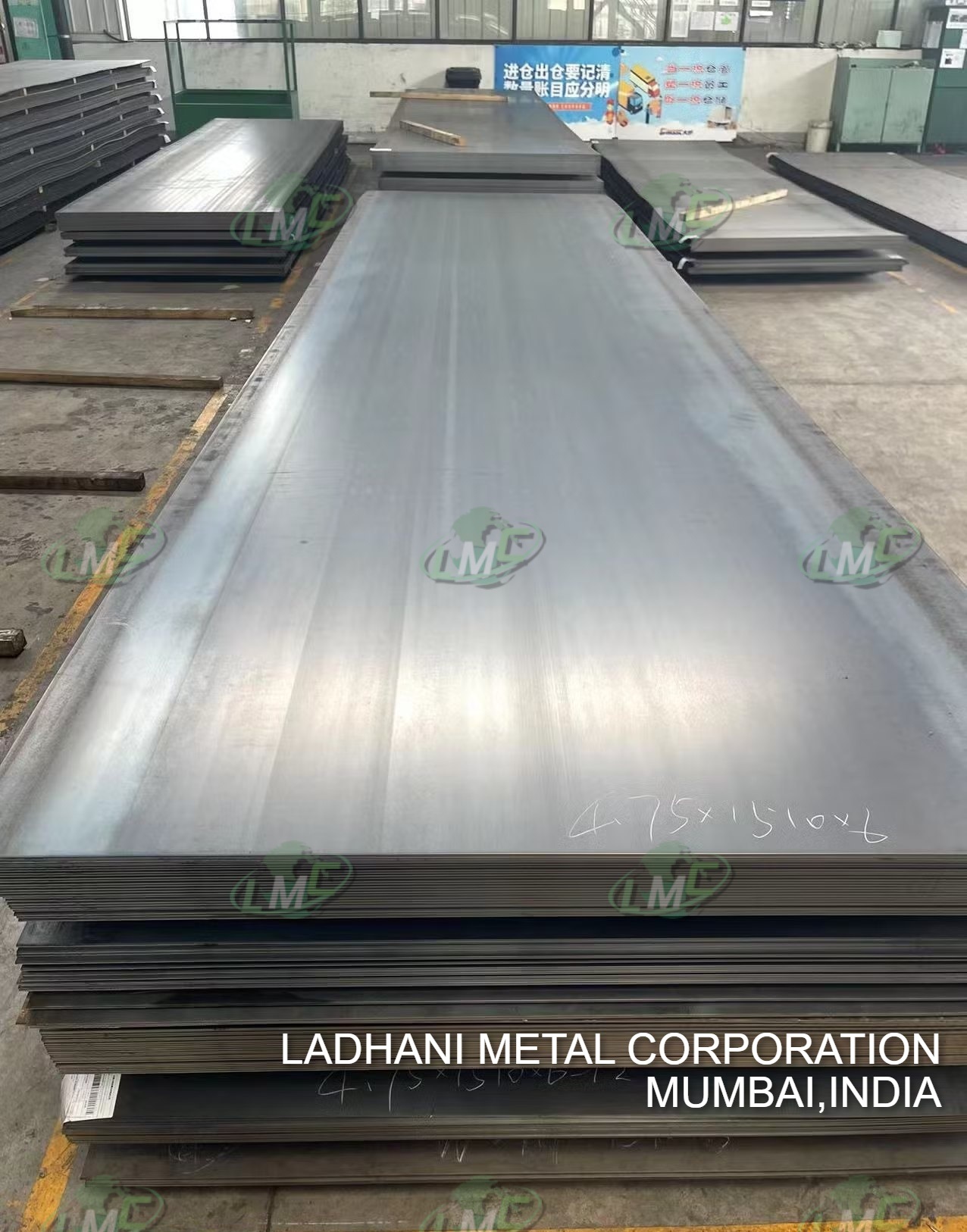Ladhani Metal Corporation manufactures and supplies SS Half Round Tube Shields for LTSH (Low Temperature Superheater) Tubes, Type-III configuration, specially designed to protect boiler tubes from erosion, oxidation, and high-temperature wear. LTSH tubes operate in the convection pass of boilers where they are exposed to flue gas velocity and abrasive ash particles, leading to tube thinning and early failures. Type-III Half Round Shields provide enhanced coverage and robust strength, ensuring reliable performance and extended service life of boiler tubes. Function of LTSH Tubes • Carry steam through the low-temperature superheater section of the boiler • Continuously exposed to ash-laden flue gases and moderate-to-high velocity erosion • Protected using Half Round Tube Shields to minimize wear, damage, and oxidation Ladhani Metal Corporation manufactures, supplies, and exports SS Half Round Tube Shields for LTSH, Type-III, in multiple grades, sizes, and dimensions to meet both domestic and international boiler requirements. Available Grades • SS 304 / SS 304L • SS 310 / SS 310S • SS 316 / SS 316L • SS 410 / SS 420 / SS 430 • 1Cr13 • 1Cr18Ni9Ti • 1Cr20Ni14Si2 • 1Cr25Ni20Si2 • Cr23Ni13 • Cr25Ni20 Applications: Designed for low-temperature superheater sections in power plants, HRSGs, WHRBs, and industrial boilers, where erosion protection and thermal stability are essential. Uses • Shields LTSH tubes against erosion, scaling, and soot blower abrasion • Prevents premature tube wear in high-dust and flue gas zones • Extends service life of superheater tubes under cyclic thermal loads • Reduces operational downtime and maintenance costs Features • Excellent resistance to erosion and flue gas oxidation • Thermal stability under varying boiler operating conditions • Manufactured from high-quality stainless steels and special alloys • Precisely engineered for Type-III LTSH tube geometry and easy installation Applications • Power generation boilers – Protection for LTSH tubes in erosive sections • Waste heat recovery boilers – Prevents wear from high-velocity gas streams • Heat recovery steam generators – Reliable for cyclic operations • Industrial boilers – Provides consistent erosion resistance in superheater tubes Conclusion The SS Half Round Tube Shield for LTSH, Type-III, by Ladhani Metal Corporation provides durable and reliable protection for boiler tubes exposed to high-temperature erosion and flue gas attack. Available in grades SS 304/304L, SS 310/310S, SS 316/316L, SS 410/420/430, 1Cr13, 1Cr18Ni9Ti, 1Cr20Ni14Si2, 1Cr25Ni20Si2, Cr23Ni13, and Cr25Ni20, these shields are precision-engineered to meet global standards. For technical details and procurement inquiries, contact Ladhani Metal Corporation. #Mumbai #Pune #Ahmedabad #Vadodara #Surat #Rajkot #Jamnagar #Bharuch #Ankleshwar #Vapi #Delhi #Faridabad #Ghaziabad #Noida #Gurugram #Chennai #Coimbatore #Tiruchirappalli #Hyderabad #Visakhapatnam #Vijayawada #Bangalore #Mangalore #Mysore #Kolkata #Durgapur #Asansol #Bhubaneswar #Rourkela #Raipur #Bhilai #Bilaspur #Nagpur #Nashik #Aurangabad #Indore #Bhopal #Jabalpur #Kanpur #Lucknow #Varanasi #Jaipur #Kota #Udaipur #Jodhpur #Chandigarh #Ludhiana #Jalandhar #Haridwar #Dehradun #Agra #Meerut #Aligarh #Moradabad #Bareilly #Mathura #Gwalior #Rewa #Satna #Sagar #Ujjain #Ratlam #Solapur #Kolhapur #Amravati #Akola #Jalgaon #Latur #Sangli #Nanded #Gandhinagar #Bhavnagar #Mehsana #Surendranagar #Junagadh #Nadiad #Nizamabad #Karimnagar #Warangal #Kurnool #Nellore #Tirupati #Madurai #Tirunelveli #Thoothukudi #Belgaum #Hubli #Tumkur #Sambalpur #Jamshedpur #Ranchi #Dhanbad #Patna #Muzaffarpur#halftubeshield #utypehalftubeshield #tubeshieldexporter #TubeShield #HalfTubeShield #SSHalfRoundShield #BoilerTubeShield #BoilerShield #TubeProtection #Tubeshieldmanufacturer #BoilerTubeProtection #SSTubeShield #MetalIndustry #SteelFabrication #IndustrialShielding #SS304Shield #SS316Shield #StainlessSteelShield #WeldOnShield #WeldedTubeShield #TubeCladding #BoilerTubeSleeve #TubeSleeve #MetalFabrication #PowerPlantSupplies #RefineryEquipment #ProcessIndustry #MetalComponent #TubeShieldForBoilers #BoilerParts #SteelSolutions #TubeShieldManufacturer #TubeShieldSupplier #SSShielding #IndustrialTubeShield #BoilerTubeGuard #CustomMetalParts #SteelIndustryIndia #MetalEngineering #HeavyIndustrySupply #StainlessSteelIndia #SteelExporters #MetalComponentExport #FabricatedProducts #SteelDealer #IndustrialSupplyIndia #BoilerTubeFittings #TubeShieldingSolutions #HalfTubeCover #HeatExchangerShield #HalfRoundReheaterShield #ReheaterTubeShield #BoilerReheaterProtection #PowerPlantTubeShield #BoilerErosionShield #SteamBoilerTubeShield #HighTempTubeShield #BoilerWearProtection
Send Message